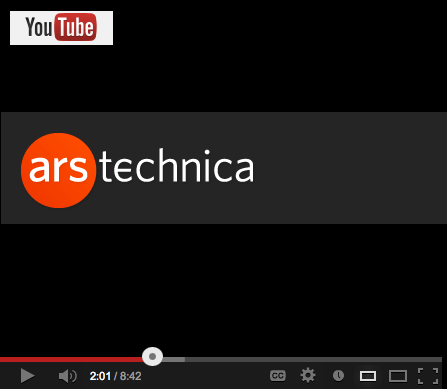Headings
<h1> - <h6>
Headings define the structure of the web page. It is important that you use them correctly. The tags are from h1 to h6: <h1>Title</h1> - <h6>subtitle</h6>.
The importance denoted by each number is in descending order with <h1> being the most important. Except for <h1> each heading is a subset of the immediate higher number.
508 and SEO
Headings are very important for both 508 and SEO, Search Engine Optimization.
Headings
Normally for xhtml you use h1 for the page title only which means only once per page (in rare cases it can be used more than once). You then use the other headings in order of importance.
With html5 you will probably use <h1> more often, as it is used within more than one type of element (tag).
Inorder to use any heading except <h1> you need to use more than one. So if you use <h2> you need to use at least two and both must be a subset of the <h1>.
For example, if you were going to write about trees, then trees would be the title and it would be <h1>. Now if you are you break this into two sections for instance Oaks and Ash then each would be <h2> and then you added another subset of Bark and Leaves, each of these would be <h3>.
This is how it would appear in the code:
<h1>Trees</h1>
<h2>Ash</h2>
<h3>The Ash's Bark</h3> Information
<h3>The Ash's Leaves</h3>Information
<h2>Oak</h2>
<h3>The Oak's Bark</h3>Information
<h3>The Oak's Leaves</h3>Information
All of the tags H1 and H2 could also include information
Heading Styles
Headings can be styled in the CSS the same as any other element. Headings by default are rather big and and bold so the first thing you will probably want to change is the font- size and font- weight. By default they also have a top-margin and bottom margin so you might want to change these also.
